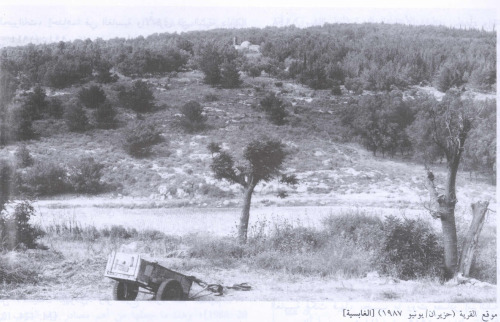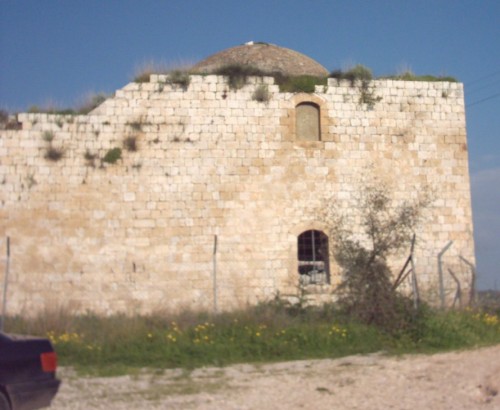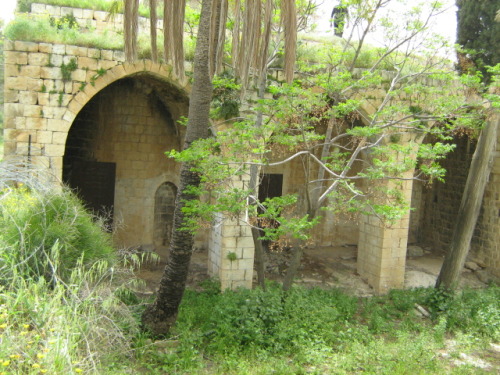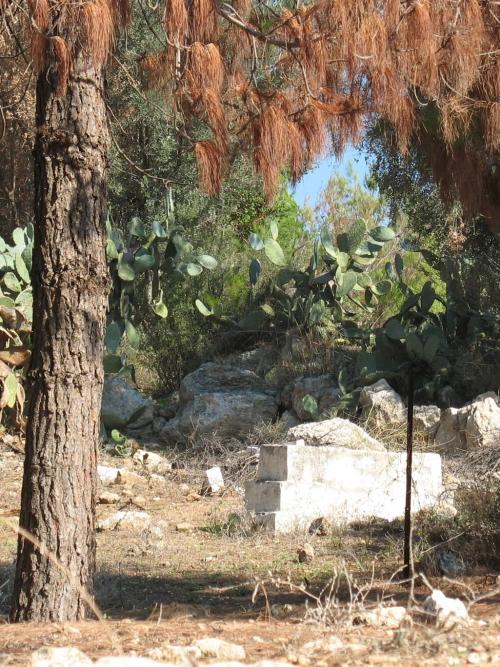#al-ghabisiyya
This is the village of Al-Ghabisiyya, which lies 16km north-east of the city of Acre. It was the home of my husband’s family and the birth place of my father-in-law. It is now nothing but rubble after Palestinian inhabitants were forced to leave during an-Nakba (the Catastrophe) on May 1 1948 - 67 years ago today.
There have been several attempts to repopulate the village since 1948. The most notable attempt ended in 1950 when the village was declared a military zone and the houses bulldozed. Those who had returned after 1948 were forced to flee once more. No provisions were made for them to settle anywhere else.
Villagers continued to pray in the Ottoman-era Mosque (the one building left standing) until it was fenced off in 1997 under Shimon Peres’ administration. Villagers continue to pray in the field outside the mosque to this day.
My in-laws now live in the over-crowded refugee camp of Ein al-Hilweh, where they remain stateless refugees, 67 years after they were forced to evacuate their home.
(All pictures are from palestineremembered.com, an amazing resource dedicated to compiling a list of destroyed Palestinian villages).
It is now 70 years since my father in law was forced to leave his home with his family and has never been allowed to return
Post link





